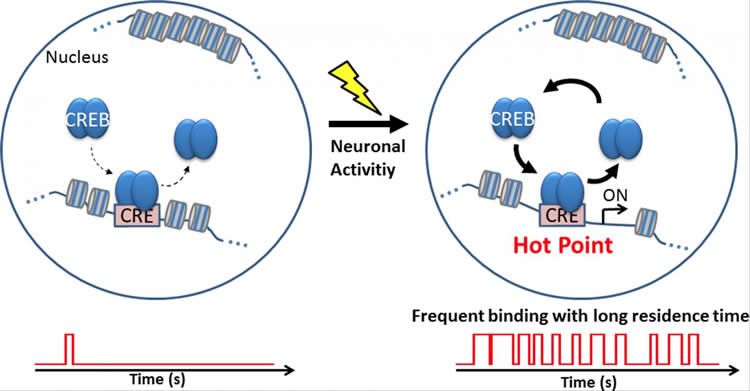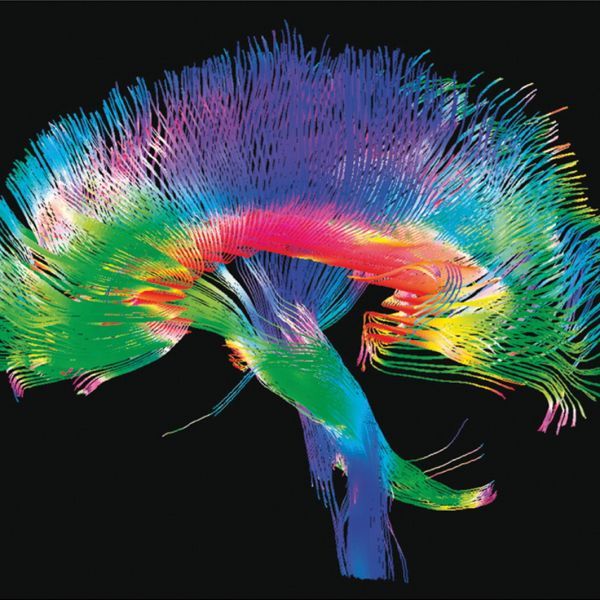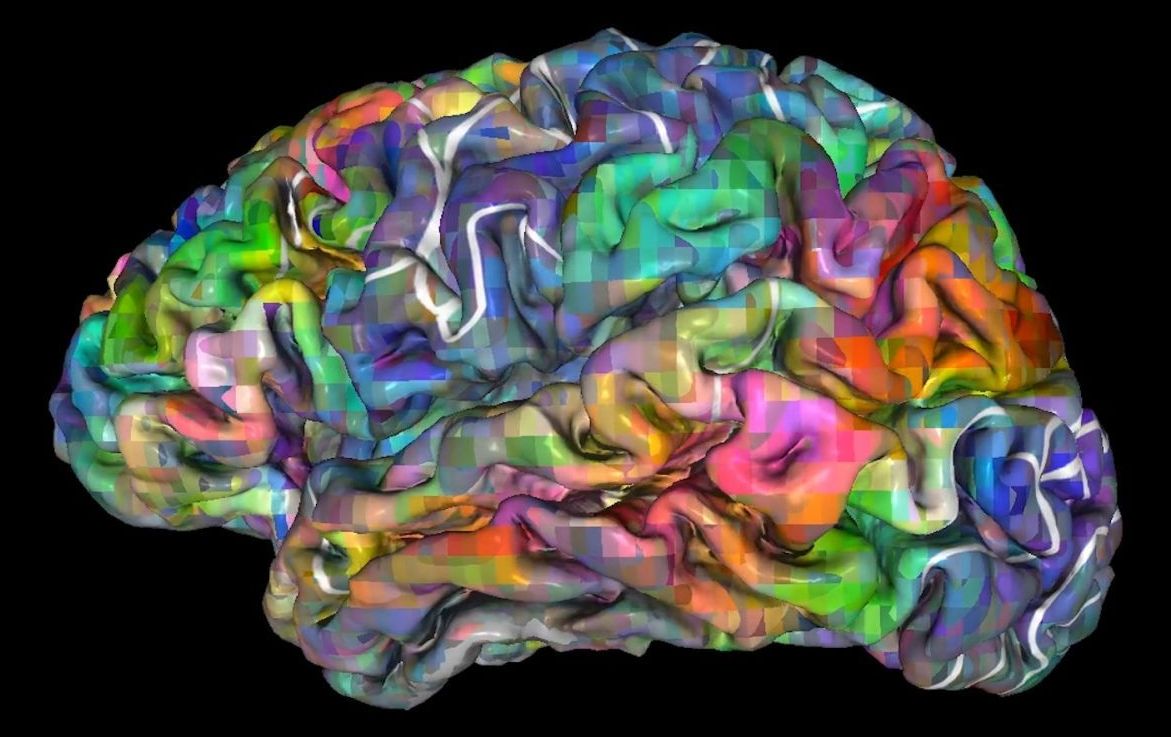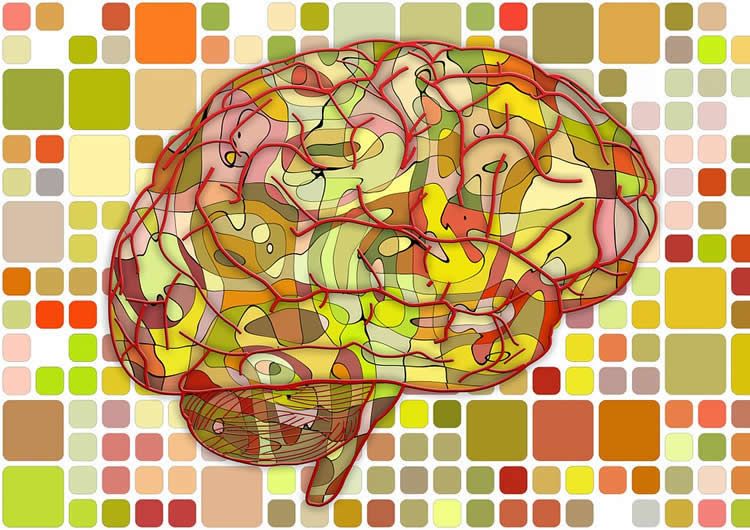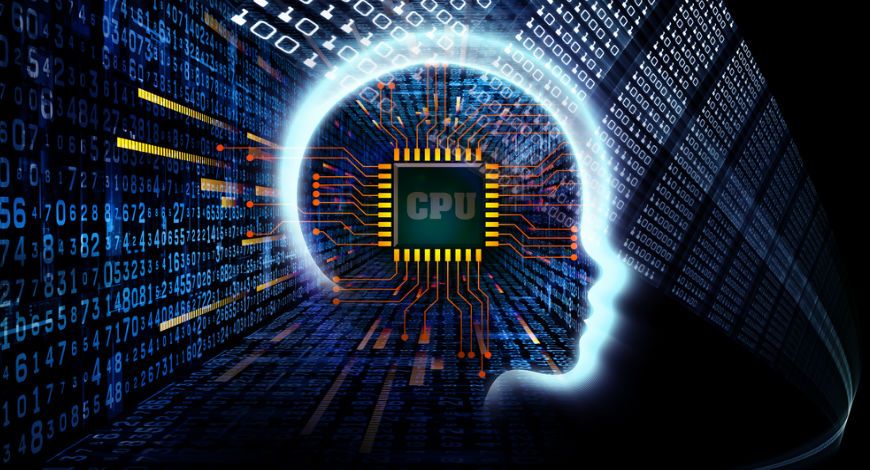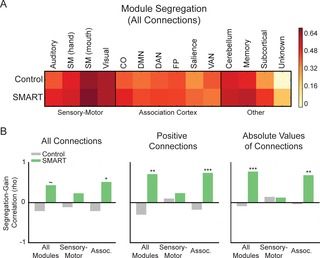Dec 29, 2016
Novel Insights Into Neuronal Activity-Dependent Gene Expression
Posted by Karen Hurst in category: neuroscience
Summary: A new study explores how neural activity influences CREB dynamics.
Source: Osaka University.
Neuronal activity mediates the formation of neuronal circuits in the cerebral cortex. These processes are regulated by the transcription factor CREB, which regulates gene expression in neuronal activity-dependent processes. Neuronal activity enhances CREB-mediated transcription but the mechanisms remain unclear. CREB binds to a cAMP response element (CRE) in the promoter region of its target genes. Assembly and disassembly of CREB-CRE interactions control spatiotemporal gene expression in the nucleus. However, how CREB interacts with CRE in activity-dependent mechanisms is not known.
